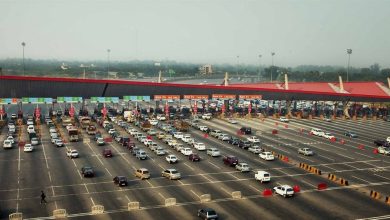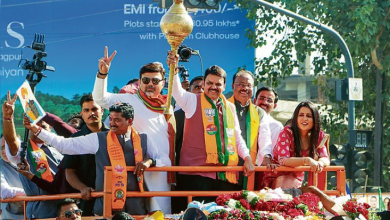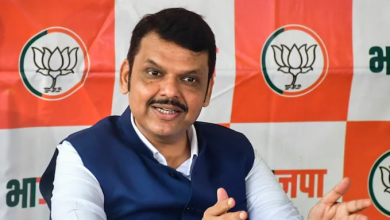Government
-

MahaMetro to Build Disaster Mgmt Institute Worth Rs 187.7 Crore in Nagpur
Maharashtra disaster management: In a major development aimed at enhancing disaster preparedness and management, the Maharashtra Metro Rail Corporation Ltd.…
Read More » -

Pay No Toll For EVs in Maharashtra: Free Entry on Mumbai-Pune Expressways, Atal Setu And More
EV Toll Free Maharashtra: Electric vehicles (EVs) are not just changing the way we drive—they’re reshaping the roads we drive…
Read More » -

6,116 Villages in Nagpur Division to Undergo Drone Survey
SVAMITVA scheme drone survey: The central government’s ambitious SVAMITVA scheme is set to transform land ownership and property documentation in…
Read More » -

NBCC Likely to Construct African, Night Safari Infra at Gorewada
African Safari Gorewada NBCC: The National Buildings Construction Corporation (NBCC) India Limited, a Government of India enterprise, is set to…
Read More » -

Nitin Gadkari Launches Cashless Treatment Scheme for Road Accident Victims
Nitin Gadkari road accident scheme: Road safety in India has been a pressing concern, and Union Minister Nitin Gadkari’s recent announcement…
Read More » -

Maharashtra: ‘Will Conduct Performance Audit Of Ministers,’ Says CM Devendra Fadnavis
Maharashtra Minister Performance Audit: Maharashtra’s Chief Minister Devendra Fadnavis has unveiled a dynamic vision for his administration by announcing performance…
Read More » -

Fadnavis Cabinet Takes Oath in Nagpur: BJP Secures 19 Out of 39 Berths
Fadnavis Cabinet Nagpur Oath: The political landscape of Maharashtra saw a significant shift with the expansion of the BJP-led National Democratic…
Read More » -

Maharashtra Cabinet Expansion Likely on Dec 14: Shiv Sena Unlikely to Get Home, Fadnavis in Delhi
Maharashtra Cabinet Expansion | Fadnavis: The political landscape in Maharashtra has been buzzing with activity following Devendra Fadnavis’ swearing-in as…
Read More » -

Fadnavis Announces Review of Ladki Bahin Yojna
Maharashtra Chief Minister Devendra Fadnavis has made headlines with his announcement to review the Ladki Bahin Yojna. This initiative, which…
Read More » -

Maharashtra CM Swearing-In: Devendra Fadnavis’ Political Journey from Youngest Mayor to 3-Time Chief Minister
Maharashtra CM: Devendra Fadnavis, a prominent figure in Maharashtra politics, is set to be sworn in as the Chief Minister…
Read More »

